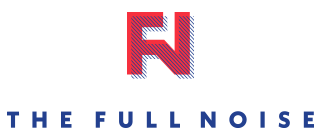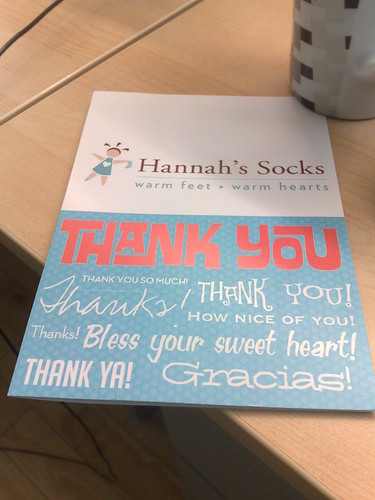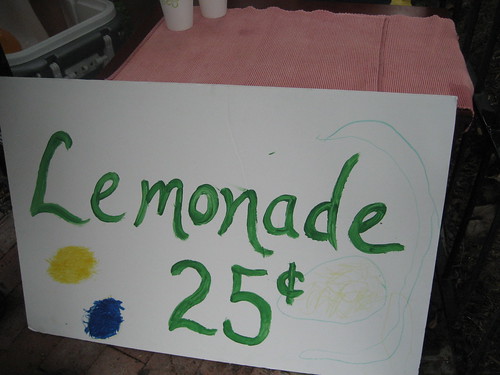Thursday, 1:03pm
Boomtown
99% of ads are a giant steaming pile of wasted money (and broken dreams).
Ask any ad salesman.
In fact, don’t bother, they won’t tell you.
They will – spend a lot of time telling you all about the viewership or readership of their publication. How they have the biggest distribution in the region, and on and on.
They’ll spout on about repetition, and ‘brand awareness’.
But ask them to show you cold hard numbers, or help you test your results from your ads…
Forget about it! They don’t want to know.
In fact, I once had a radio sales person tell me that if I want to measure results then they don’t want me to advertise with them. (He was trying to use a takeaway sales technique – so I let him take the offer away).
Why? because they know that most ads are a waste of time, space, airwaves and most of all money.
And to be fair to the to the salesman, if your ‘chucked-together-at-the-last-minute’ ad is terrible, it’s not their fault… But they don’t care either. They just want the sale.
Now listen… If you’re worried this sounds a lot like your advertising, stop!
It’s not your fault.
It’s what everybody does, and how do we learn to market our businesses? By copying everyone else.
The good news, you can fix it.
Click here to get the FREE 30 Minute Ad Formula Cheat Sheet
Here’s an example of a typical ad that you’ll see when you flick through your local newspaper or Yellow pages:
————————————————————–
A big logo at the top of the ad which shouts ‘look at me’ and tells the reader nothing.
List 2 to 6 general products or services offered. Or profess to specialise in ‘everything’.
Address and Phone Number at the bottom of the ad but giving no reason to use them.
————————————————————–
Sure, it might have a nice background image or a ‘clever’ slogan which says exactly nothing to the reader.
The problem is, the ad is written entirely for the advertiser. It offers nothing for the reader unless they happen to be looking for one of those products or services at that exact moment. The ad isn’t actually doing any selling
Another common ad you’ll see, again in the newspaper or a flyer, is the “Huge discounts”, “all stock must go”, “Offer must end on Sunday” type ads. Actually these all work. but these ads have two really big problems.
- Your ads will get some business by ‘skimming the cream’ of customers who just happen to be ready to buy right now. But it will be ignored by most potential customers.
- The biggest problem is they are training your best customers to expect a discount on your products or services. They are cheapening your position in the market and slashing your bottom line.
I bet you can name a handful of businesses that you would never consider purchasing anything from them unless they are running a sale.
6 Step Formula For Writing Successful Ad’s
Now first, I want to be clear. Successful copywriters are paid ludicrous amounts of money for what they do.
I recently listened to an interview with the CEO of a marketing company that makes tens of millions of dollars every year, and he proudly proclaimed that he pays his top copywriters more than he pays himself.
Why? Because a world class copywriter can make a campaign, and literally millions of dollars.
Now top copywriters take years, probably decades to refine their skills to this level. And yes, I know, you don’t have years to get good at this stuff.
But the good news is you can learn the nuts and bolts of writing a good ad that will put you miles ahead of your competition.
Let’s get started. For the rest of this report I’m going to focus on print advertising, however all of this transfers easily to radio, tv and online. The principles are the same.
How hiding your ad can get it read by up to 5 times more people
Huh? That doesn’t sound right. Wait I’m not talking about blending in with your competition.
Think about this: When did you last pick up a newspaper to read the ads? Exactly. You read the newspaper for, wait for it…
News!
Wow, that’s a massive revelation isn’t it? Ok, studies have shown again and again that articles get read 5 times more than ads.
So what can you do with this juicy piece of information? easy… Create ads that look exactly like….. Articles.
Amazing! Let’s break down an news article into its simplest parts.
All articles have a headline. They often have an image. They then provide new, interesting, exciting and timely information that is relevant to the reader. And finally, they have a point (or an angle) to the article.
How do we use this in an ad?
1. Make your ad all about them
What does your ideal customer want (and why do they want it)? What are their biggest problems or challenges?
The more specifically you can answer those questions, the easier it will be to write an ad that works like crazy (every single time).
I’m not going to labour the point about features vs benefits. If you’re reading this, you’ve already heard that a million times before. But remember, your customers aren’t paying for your product or service… they are really buying a result – more time, prestige, self esteem – you need to uncover that raw drive and tap into it in your ad.
2. Get attention (from the right people)
The first job of your ad is to get attention.
Now we’re talking about attention from the people who actually want your stuff. You don’t need, or even want your ad to be read by everyone.
Lets say you sell snowboards…
Would you rather talk to 100 random people on the street about your snowboards, or 100 snowboarders? Or how about 100 snowboarders who are hanging out for the snow so they can rush up to the slopes, but they have a bashed up second hand snowboard in their garage?
How do you get this attention? The answer is simple…
You need to craft a headline that slaps your ideal prospects out of the nearly catatonic state they’re living in and sucks them into your ad.
Writing kickass headlines is an art in itself, but luckily you can get along just fine using one of these simple formulas and tailoring it to your business…
How to… (fix the specific problem)
“How to choose the perfect Snowboard for your riding style”
Curiosity
“How Sarah Jones saved $150,000 on her mortgage”
Ask a question
“Are you ready for the snow season?”
Use a short, punchy testimonial from an ecstatic customer.
“I thought my car was a write-off, but it looks like brand new”
To get more ideas try reading your local newspapers and take note of which articles grab your attention. Tabloid papers and trashy magazines are often the best… They live and die with their ability to grab attention.
One caveat though. Unlike trashy magazines and Tabloids, your headlines need to actually be true. Whatever you write, you need to be able to back it up.
3. Get their interest
Great, you’ve got your prospects attention… now what?
Now you have to fulfill the promise you made in the headline. Start by explaining your product or service, and how it most importantly what it will do for them.
Demonstrate how your product or service is the perfect way to fix their problem that we discussed in step 1.
I love watching infomercials. It is inspiring to me the lengths that they go to to prove that their product is the best and only sane option to solve a problem.
4. Make them want what you’ve got
Bring the reader even closer and get them panting for your products or services.
Many years ago, I learnt sales the hard way… Selling door to door, at night, in winter.
Anyway, while I was doing this I learnt that there are a number of hot-buttons that get us all fizzing with excitement. You can use these in any ad to get readers ready to take some action.
People love to buy things that are popular. Have you ever seen people lining up for a restaurant while the one next door is empty? This is why.
We also love things that are exclusive. Items that are rare are generally worth more than things that are easily available.
People hate to miss out. Think it’s hard telling someone they must have something? Try telling them they can’t have it.
A time limit helps people make decisions. A decision that doesn’t need to be made, isn’t. We love to get more than we pay for. This is often referred to as greed, but really we all just like to get the best end of a deal.
5. Make an irresistible offer
Here’s the point where you get to close the ‘sale’. It’s also the point where most ads jump from being an investment to a flat out expense. Why? Because ads run by most businesses never get to the point of even making an offer. The best that they come up with is “So here’s our phone number, give us a call sometime, if you want to.” Or maybe – “Come into our store and see our collection of house stuff”. Not going to cut it. The trick is to make an offer that is so ludicrously good, that they can’t possibly ignore it. Three things you need to create an irresistible offer:
- Offer something that people actually want
- Really really want (not just what you want to sell)
- Make it worth so much to them that what you’re asking for it is an absolute pittance
A quick hint on VALUE: We, all of us, are terrible at valuing things. The only way we have to decide how much something is worth is to compare it to something else. So you can increase the value of a product simply by being smart about what you compare it to.
6. Remove the Risk
If you’ve done a good job with the rest of the ad, there is one last thing you can do to bring it home. People don’t buy for 3 reasons.
- They don’t want what you’ve got
- You haven’t proved it’s valuable enough to them
- They’re scared
This is where to address number 3 head on. They might be scared of wasting their money, that the product won’t work. They might be worried they won’t be able to use the product. The important thing is you need to remove the risk for them, so it’s no longer a barrier to them saying yes, making a call or placing an order. The best ways to remove the risk are Free trials or money back guarantees. But you might some other creative way to make sure that your customer feels like there is no way they can lose.
30 Minute Ad Formula
Not sure where to start? We would like to give you this fill-in-the-blanks cheat sheet that will help you write your first ad in the next 30 minutes. Download the free report and get your advertising turning a healthy profit




